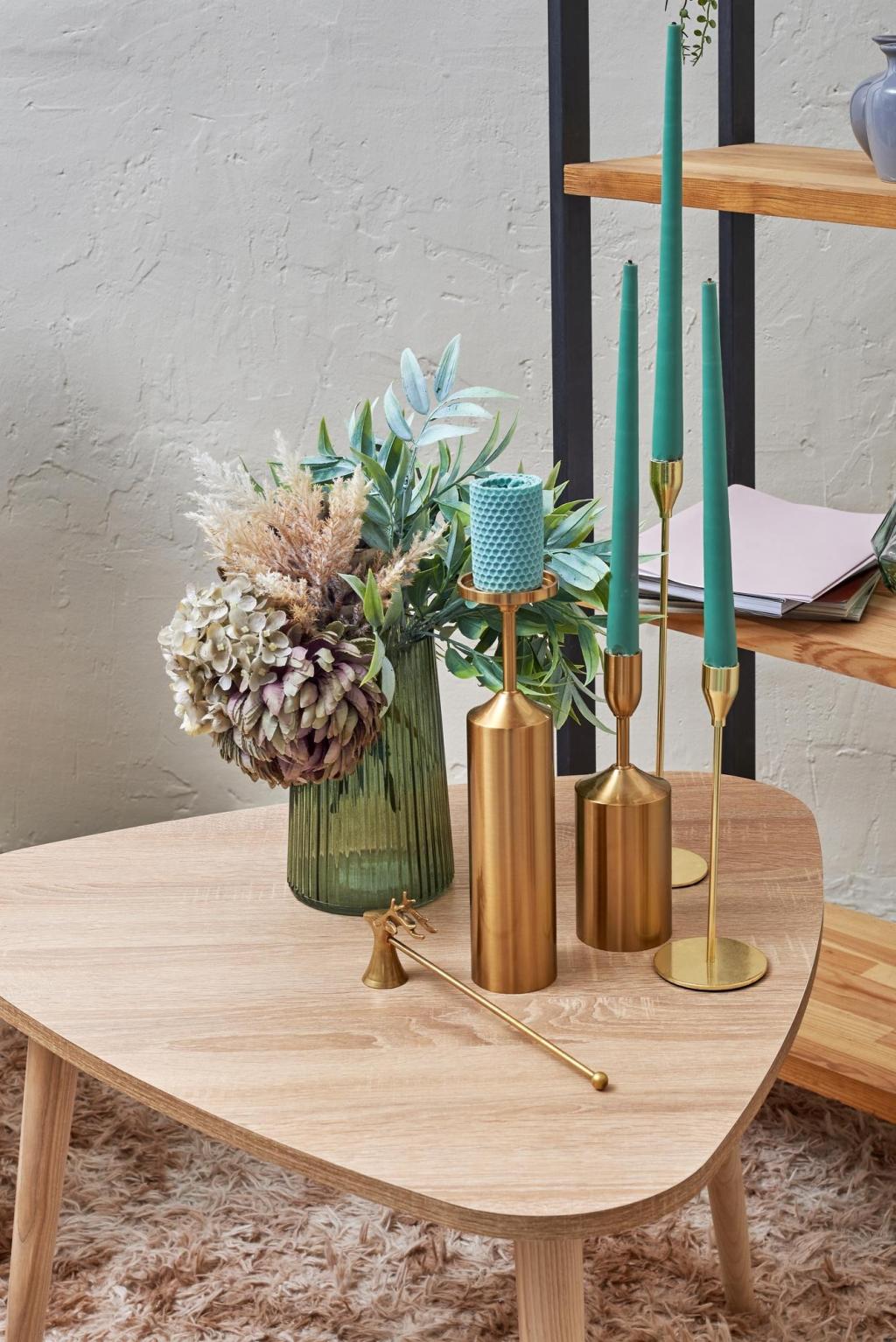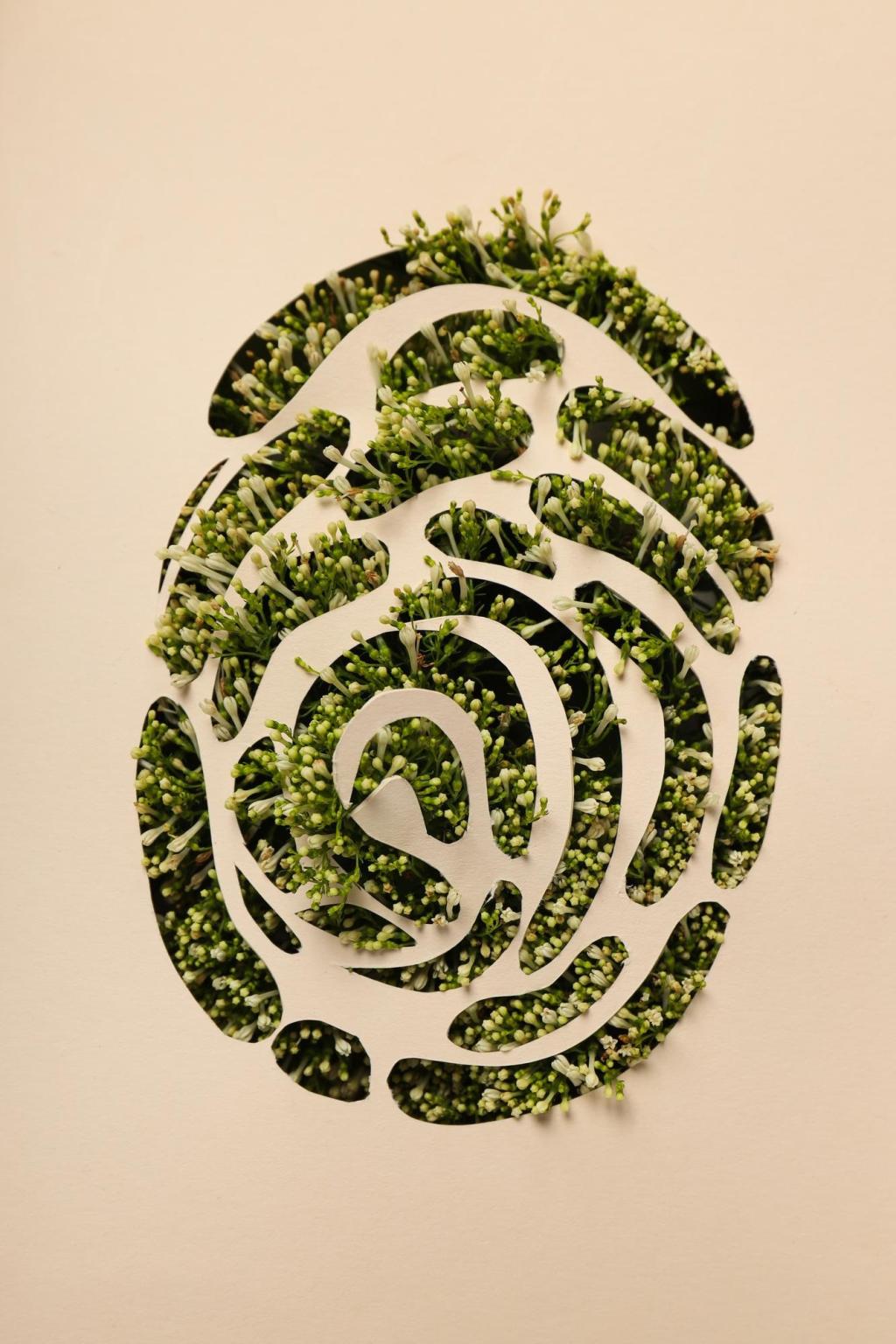Sustainability, From Fiber to Sofa
A sustainable upholstery fabric balances durability, responsible sourcing, and safer chemistry. It withstands real-life wear, avoids unnecessary toxins, and supports fair labor. Crucially, it also offers a practical end-of-life path, like reuse, repair, or material recycling.
Sustainability, From Fiber to Sofa
Look for GOTS for organic fibers and robust social criteria, OEKO-TEX STANDARD 100 for harmful substance limits, FSC for responsibly sourced wood pulp in viscose, and Cradle to Cradle for circular design. EU Ecolabel can signal reduced emissions and water stewardship.






